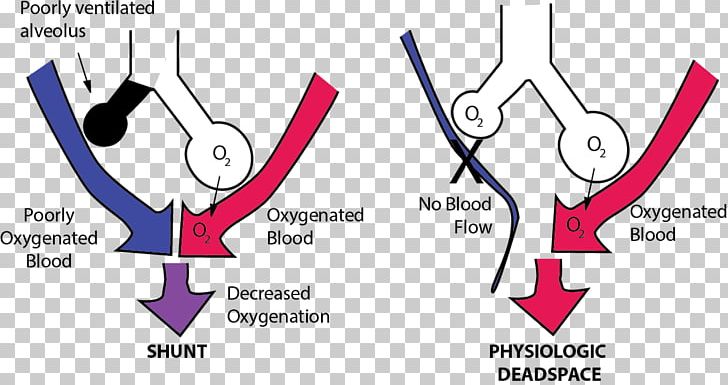
Hypoxemia is mainly due to intrapulmonary shunt, whereas increased alveolar dead space explains the alteration of CO2 clearance. Read More: What is considered an ideal gas? Is ARDS shunt or dead space?Īcute respiratory distress syndrome (ARDS) is characterized by severe impairment of gas exchange. This increase in volume leads to a decrease in intra-alveolar pressure, creating a pressure lower than atmospheric pressure. When the lungs expand what happens to the intrapulmonary pressure?ĭue to the adhesive force of the pleural fluid, the expansion of the thoracic cavity forces the lungs to stretch and expand as well. Hypoxic pulmonary vasoconstriction is a powerful reflex that increases the PVR of the hypoxic lung and the atelectatic lung, diverting blood to the well-oxygenated areas of lung. Improvement of the shunt fraction can be accomplished by decreasing blood flow or supplying O 2 to the nondependent lung. How does intrapulmonary shunt improve oxygenation? How is intrapulmonary shunting treated?Ī shunt study is a procedure to assess heart and lung blood circulation. Bubbles are not normally observed in the absence of vascular dilatation because lung capillaries act as filters. Intrapulmonary shunting is most commonly demonstrated by contrast TTE when bubbles from agitated saline are visualized in the left atrium within 36 beats after being noted in the right side of the heart. How is an intrapulmonary shunt diagnosed? A right-to-left shunt allows deoxygenated systemic venous blood to bypass the lungs and return to the body.

What does right to left intrapulmonary shunting mean?Ī shunt is an abnormal communication between the right and left sides of the heart or between the systemic and pulmonary vessels, allowing blood to flow directly from one circulatory system to the other. Intrapulmonary shunting is the main cause of hypoxemia (inadequate blood oxygen) in pulmonary edema and conditions such as pneumonia in which the lungs become consolidated. Why does intrapulmonary shunting occur?Ī pulmonary shunt often occurs when the alveoli fill with fluid, causing parts of the lung to be unventilated although they are still perfused. As stated previously, the intrapulmonary shunt is defined as that portion of the cardiac output entering the left side of the heart without undergoing perfect gas exchange with completely functional alveoli.


 0 kommentar(er)
0 kommentar(er)
